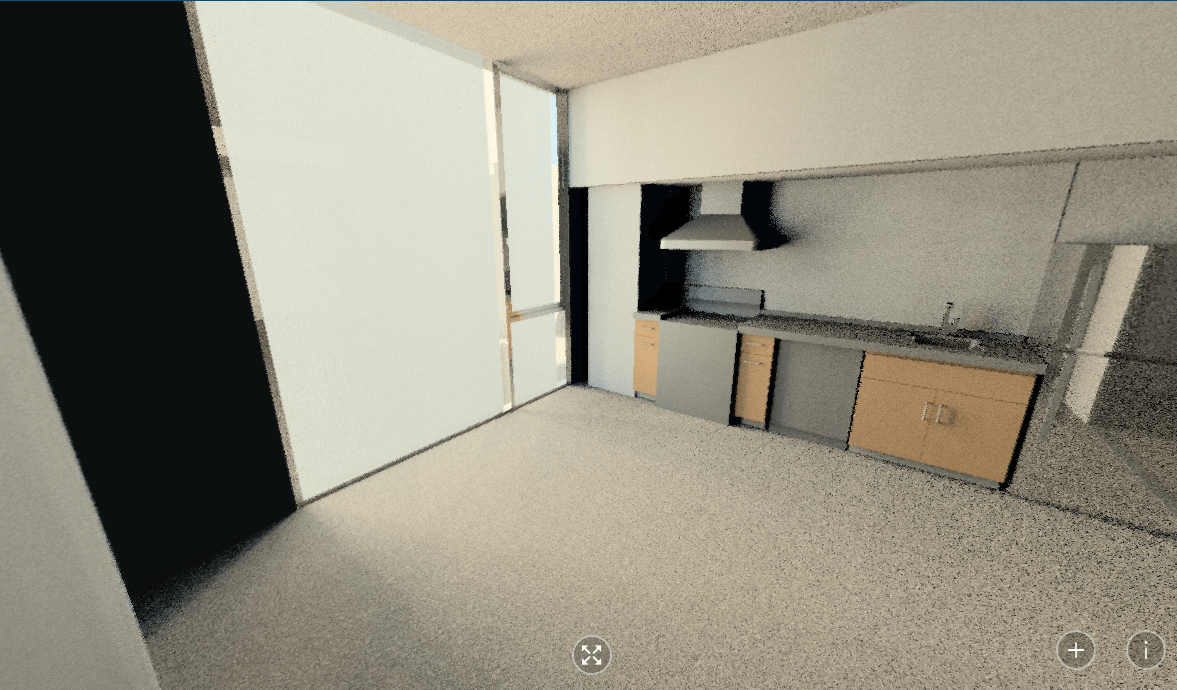“We’re making a long-term bet that immersive, virtual and augmented reality will become a part of people’s daily life.”
-Mark Zuckerberg
Virtual reality is only in its fledgling stages in architecture and development, but there are still benefits to be reaped from this game-changing technology. The addition of a virtual component in your presentation could be the deciding factor that makes a client greenlight your design or walk away. To see a rendering in 2D is one thing, but to be immersed in an experience of the proposed space is entirely more impactful.
The marketing potential of this available technology is beginning to be realized by leaders in real estate such as JLL and Sotheby’s. Virtual real estate interactions like the kind produced by these companies can facilitate sales by making it easier for remote viewing, attracting interest from international investors and allowing buyers from as far away as Hong Kong to “tour” Toronto area listings.

Quadrangle has the capability in-house to generate virtual reality experiences for any of our projects. Using digital 3D models in Autodesk Revit, we can provide our clients with a 360 degree panoramic, virtual rendering of a space- complete with lighting, materials and shadows. Conveniently viewable on any smart phone, tablet or computer anywhere in the world via a simple URL link, one of the most attractive aspects of VR in architecture is that it does not require any special tools, peripherals or software purchases by the client. Peripherals are not required, but some may choose to experiment with impressive but pricey head-mounted devices like the Oculus Rift, Samsung Gear, and Microsoft HoloLens, or even the affordable Google Cardboard.
The 360 panoramic formats allow us to "look around" from a fixed-point perspective within the rendered image, allowing users to experience the spatial relationships of a space before it exists, and enabling designers, developers, and end-users to play with the unbuilt environment.
 Click here to try a 360 VR experience of our project at 363 King Street West
Click here to try a 360 VR experience of our project at 363 King Street West
Another platform, Autodesk Live, uses a video game engine to create a free-roaming perspective. You can “walk through” by clicking where you want to go and the model walks you to that point, following stairs, opening doors, and using real gravity and solid wall physics.
The key to navigating the coming technological advancements is to start experimenting with what’s available now. Virtual reality at the moment still feels more like video gaming technology than a complement to architectural design, but it will no doubt alter our future business models. Trailblazers are the ones who play with the early platforms- so let’s get started.